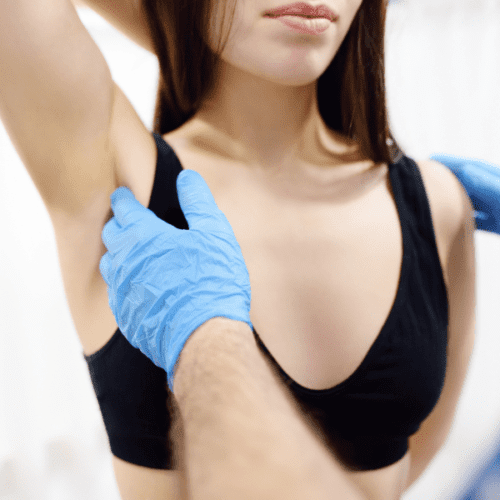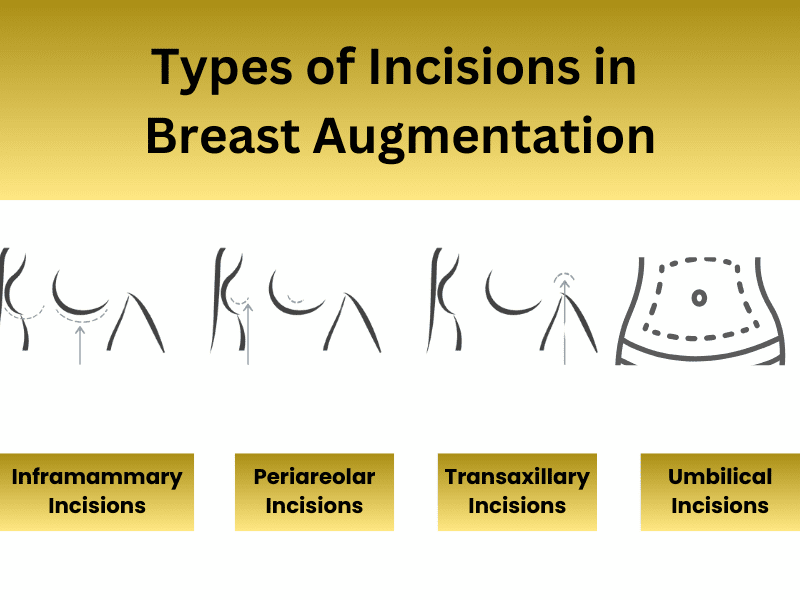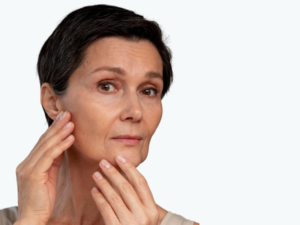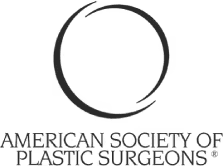BREAST AUGMENTATION
Types of Incisions in Breast Augmentation

Considering breast augmentation? The choice of incision is a critical factor in achieving your desired outcome. With several incision techniques available, understanding the differences and benefits of each is essential. From the classic under-the-breast incision to the more discreet options, this guide will explore the various types of incisions for breast augmentation.
Dr Faisal Salim ensures a safe and personalised approach, helping patients select the best incision type to achieve their aesthetic goals while minimising complications.
What is Breast Augmentation?
Breast augmentation is a plastic surgery procedure that employs breast implants (silicone, saline, or a combination of both) to enhance a woman’s breast size, fullness, and lift, while skillfully shaping the breast into a natural-looking, attractive contour.
By enabling women to attain their desired breast size, shape, and contour, breast augmentation can significantly boost self-confidence and help them feel more secure in their own bodies.
Types of Incisions in Breast Augmentation

In breast augmentation, there are four primary breast incision types: inframammary (under the breast), transaxillary incisions (under the armpit), periareolar (around the nipple), and trans-umbilical (inside the belly button).
Each incision type offers unique benefits and considerations:
Inframammary Incisions
Location: Under the breast, where it meets the chest wall.
Popularity: The most common and traditional method.
Advantages:
- Well-concealed by a bra or bikini.
- Offers the surgeons maximum control over bleeding and placement.
- Inframammary fold incision avoids milk ducts, minimizing breastfeeding complications.
Disadvantage:
Visible Scarring or location in fold: The incision along the breast crease can leave a scar that may be noticeable, especially when the arms are raised or the individual is lying down.
Periareolar Incisions
Location: Between the areola and surrounding breast skin, typically along the lower half of the areola.
Advantages:
- Scars often heal well and can be nearly invisible with skilled surgical techniques.
- Provides surgeons with excellent control over bleeding and placement due to proximity to the breast.
Disadvantage:
Risk to Nipple Sensation: Making an incision around the areola can potentially impact the nerves in the area, which may result in decreased sensitivity in the nipple. It can also increase the risk of infection, capsular contracture, and can adversely affect breastfeeding.
Transaxillary Incisions
Location: Inside the armpit.
Procedure: Creates a pathway for implant placement using endoscopic techniques.
Advantages:
- Minimal scarring near the breast, allowing for confidence in wearing various clothing styles.
- Low risk of damage to milk ducts or nipples.
Disadvantage:
Surgical Access: This technique can restrict the surgeon’s access and visibility, making it more difficult to place the implant precisely. This type of incision can also elevate the risk of infection and capsular contracture.
Umbilical Incisions
Location: Inside the belly button.
Procedure: Implants are tunnelled through the abdomen into position.
Advantages:
- Minimal risk of damage to milk ducts or nipples.
- The scar is hidden within the naval wrinkles, making it virtually undetectable.
- Generally shorter recovery times compared to other incision types.
Disadvantage:
Surgical Complexity: This approach is more technically demanding and less commonly practised, requiring specific skills and limiting the choice of implants.
How about scar care after breast Augmentation?
Post-surgery scar care is essential after breast augmentation to ensure optimal healing and minimise scarring.
Here are some key tips for managing scars:
- Follow your surgeon’s instructions: Adhere to any specific aftercare guidelines provided by your surgeon.
- Keep incisions clean and dry: Proper hygiene is crucial to prevent infection and promote healing.
- Avoid direct sunlight: Protect your scars from sun exposure, as UV rays can darken scars and make them more noticeable.
- Use scar creams and silicone sheets: These products can help eliminate the appearance of scars by keeping them hydrated and protected.
- Massage the scars: Gentle massaging can improve blood flow and aid in the softening of scar tissue.
- Stay hydrated and maintain a healthy diet: Abiding by proper nutrition and hydration can support the body’s natural healing processes.
- Avoid smoking and limit alcohol: Both can impair healing and affect the appearance of scars.
By following these tips, you can help ensure that your scars heal as smoothly and inconspicuously as possible.
The thought of incisions making you worrisome?
Consult our breast reconstruction expert, Dr Faisal Salim, to learn about the various types of incisions
Feeling overwhelmed by the various incision options for breast augmentation? Don’t let concerns about scars or recovery hinder your decision-making process.
Dr Faisal Salim, a highly experienced body aesthetic expert and surgeon, can provide personalised guidance and address all your questions. With his expertise, you can make an informed choice and achieve your desired breast augmentation outcome with confidence.
Quick FAQs
The best incision for you depends on several factors, including your desired outcome, breast size, and individual anatomy. However, discussing your goals and concerns with a qualified cosmetic surgeon will help choose the most suitable option.
Scar visibility varies depending on the incision type and individual healing process. Inframammary incisions are generally well-concealed by a bra, while periareolar and transaxillary incisions tend to be less noticeable.
Breastfeeding is generally possible after breast augmentation, but it depends on the incision type. Periareolar incisions may interfere with milk ducts, potentially affecting breastfeeding. It’s essential to discuss this with your surgeon before the procedure.
Pain levels can vary from person to person. The type of incision doesn’t necessarily determine the level of discomfort. Proper post-operative care and pain management will help minimize discomfort.
Scar healing time varies, but it typically takes several months for the scars to fade. Factors like individual healing, post-operative care, and incision type can influence the healing process.
Yes, breast augmentation can often be combined with other procedures, such as a breast lift or liposuction, to achieve desired results. Consult with our surgeon to discuss your options.
Remember: It’s crucial that you get in touch with a well-known plastic surgeon to discuss your specific needs and goals before undergoing any surgical procedure.
Inframammary and periareolar incisions are often preferred for silicone implants due to the need for a slightly larger incision. Saline implants, which are filled after placement, can be used with smaller incisions such as the transaxillary or trans-umbilical.








